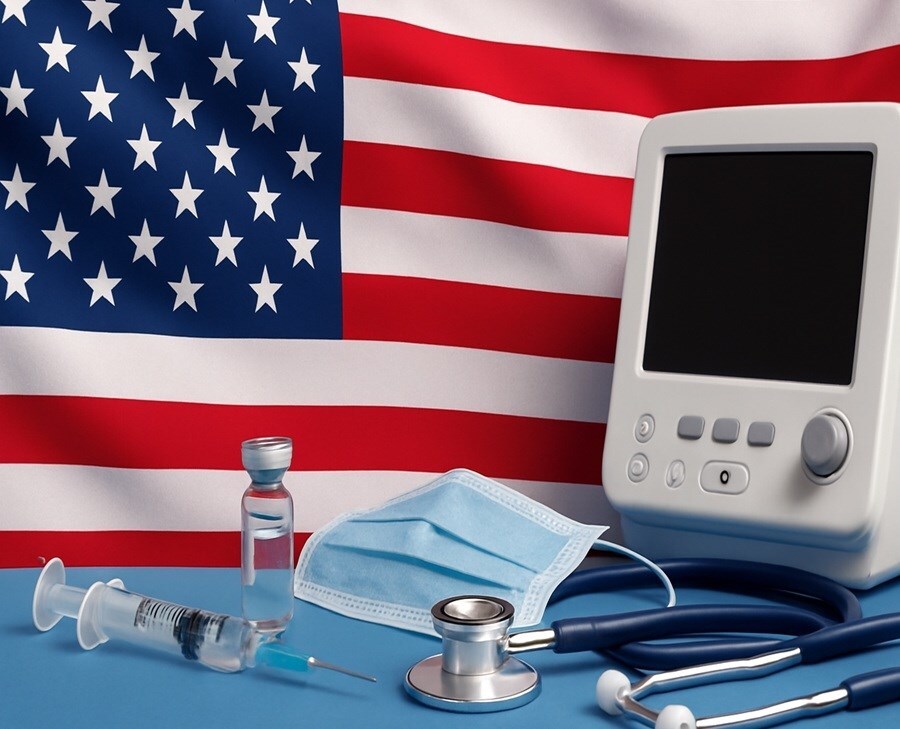

The United States’ tariff overhaul in 2025 has reshaped the landscape of the global medical equipment industry. What was intended to revive domestic manufacturing and lessen reliance on foreign suppliers has instead caused widespread disruption — pushing up hospital costs, straining supply chains, and forcing manufacturers to reconsider their global production strategies.

Tariffs stretch across major partners
The new framework, introduced on April 2, 2025, imposed a 10 per cent duty on nearly all imports, covering medical consumables, diagnostic equipment, and manufacturing machinery. The move ended decades of largely duty-free trade with long-standing partners such as the European Union.
China remains the biggest target. Its medical exports to the US are now hit with tariffs of up to 245 per cent on pharmaceutical ingredients and key components — part of Washington’s push to secure critical healthcare supply chains. After months of talks, the rate was eased slightly, dropping to 47 per cent from 57 per cent, mostly on chemicals used in fentanyl precursor production.
The shift is already visible in trade flows. As per various sources, China’s medical device exports reached USD 24.10 billion in the first half of 2025, up 5 per cent year-on-year, but shipments to the US fell 4.41 per cent, showing the immediate effect of tariff friction.
Responses








